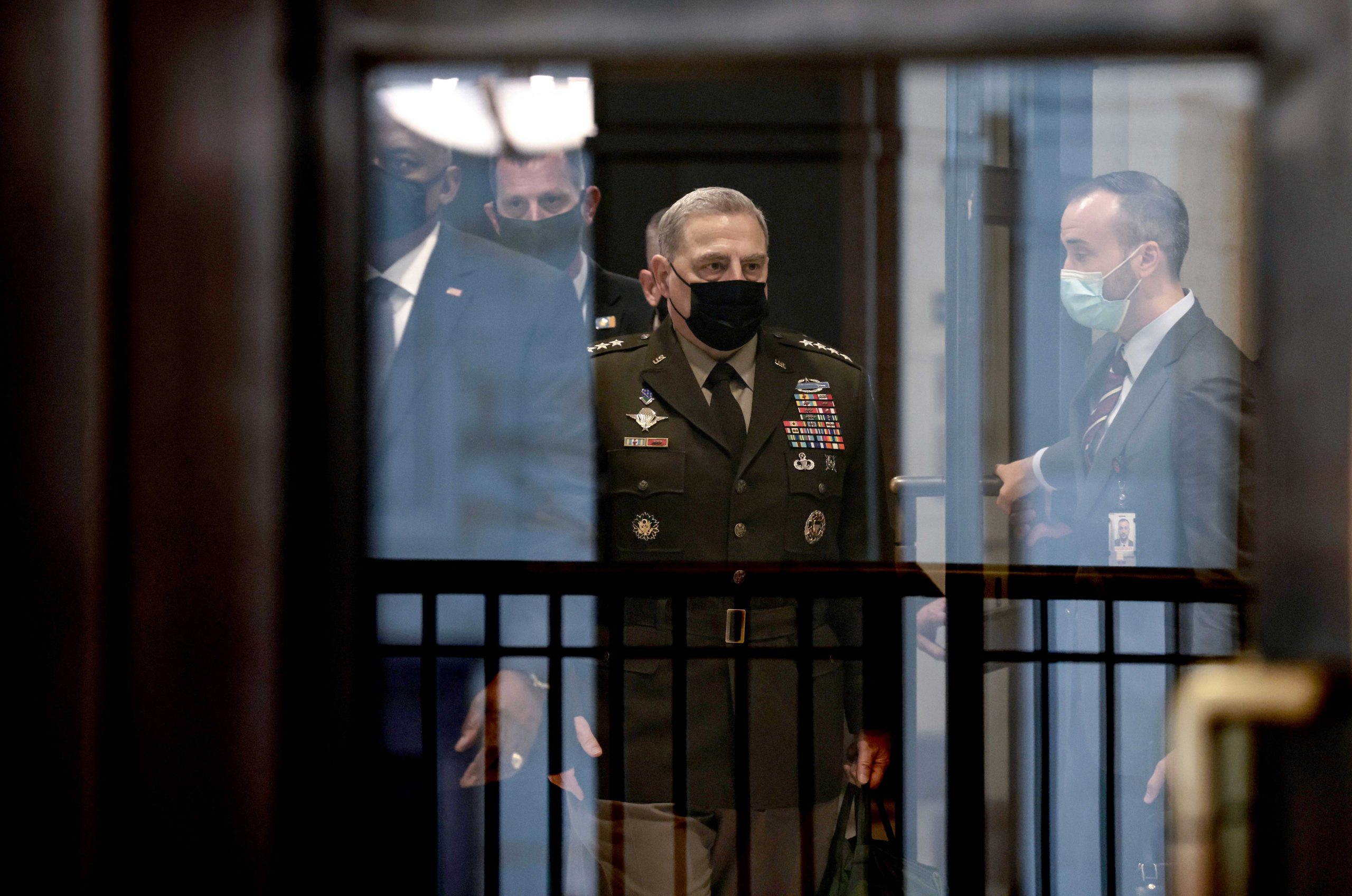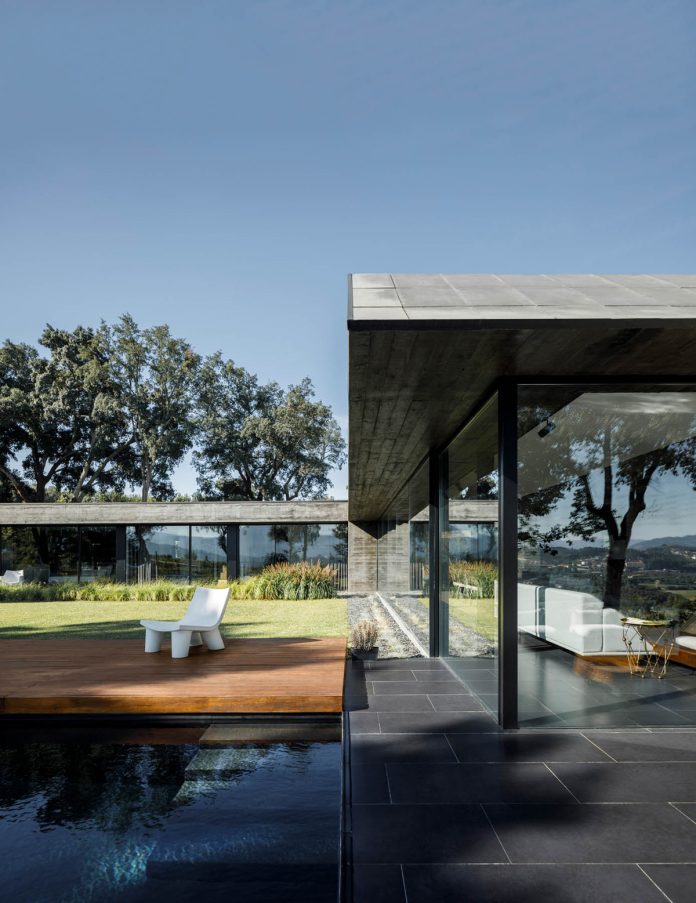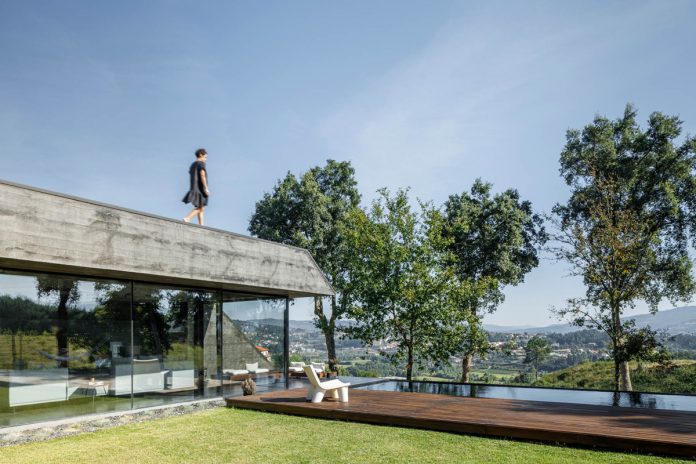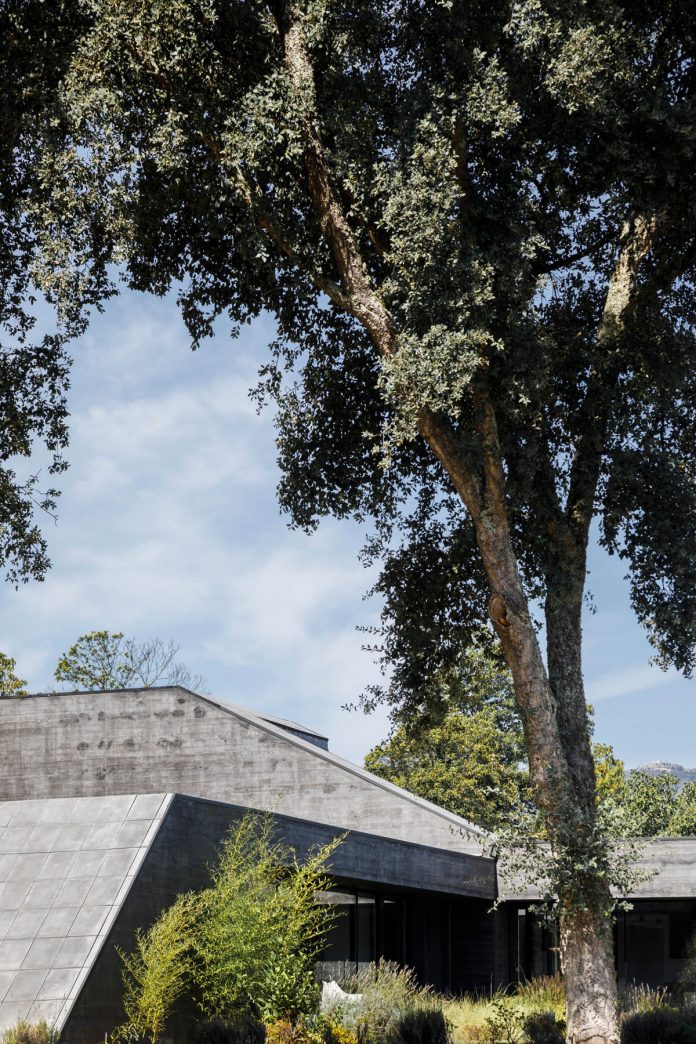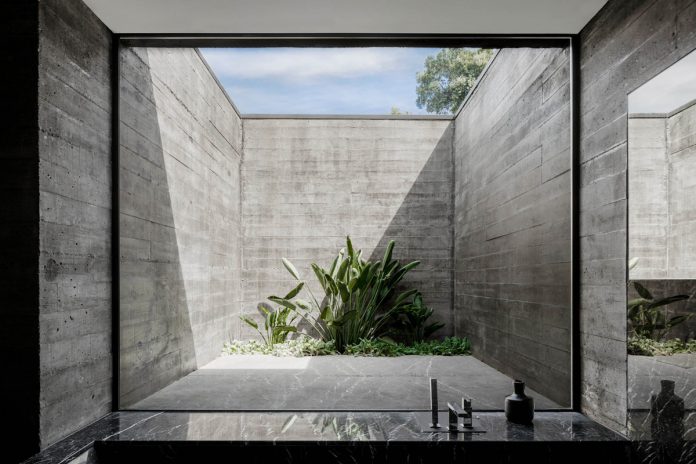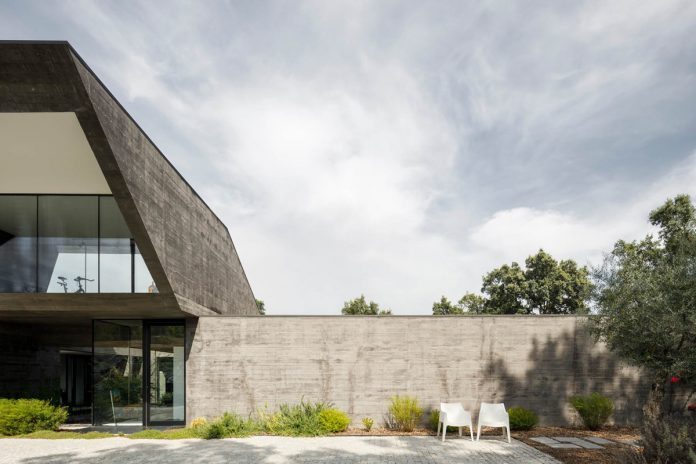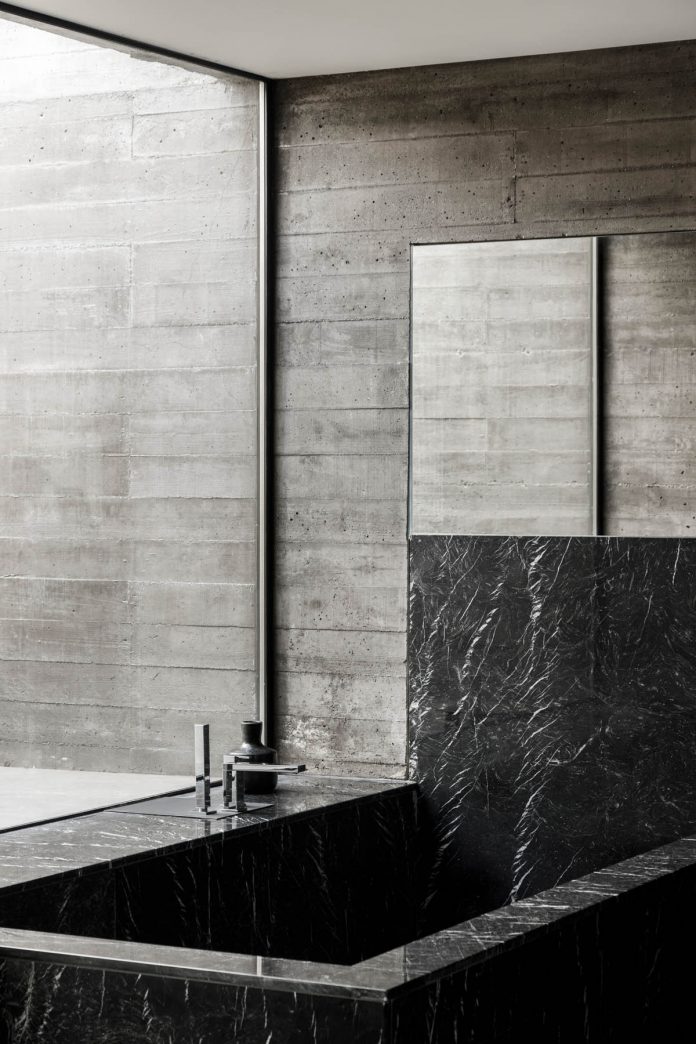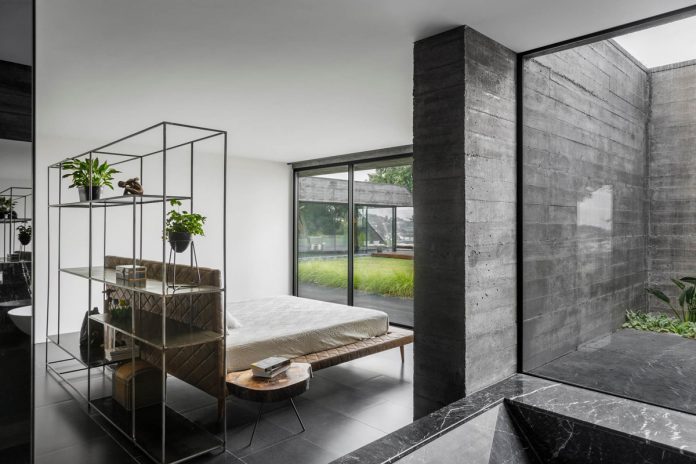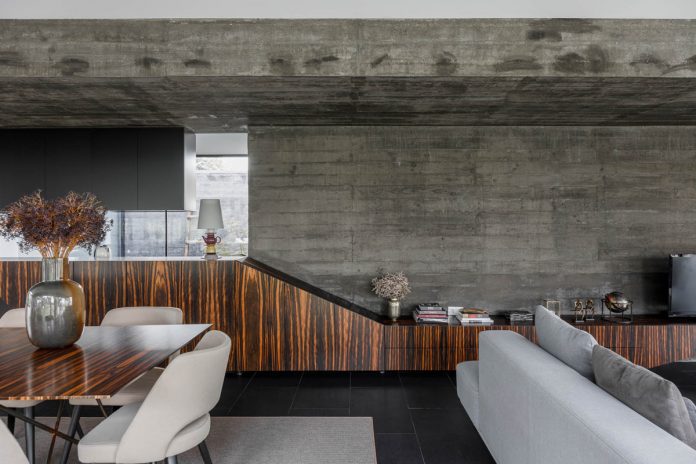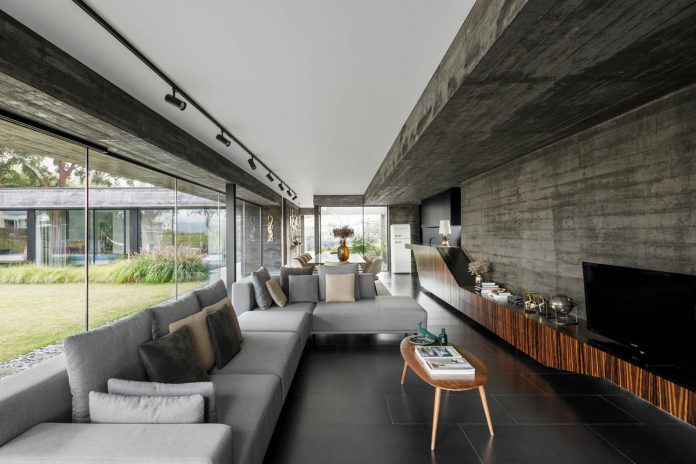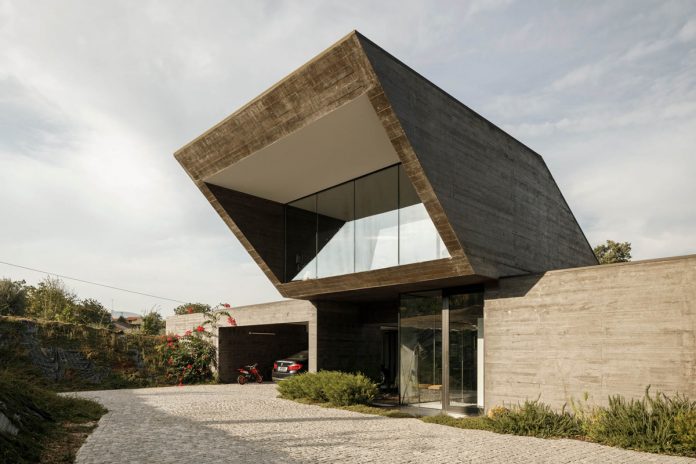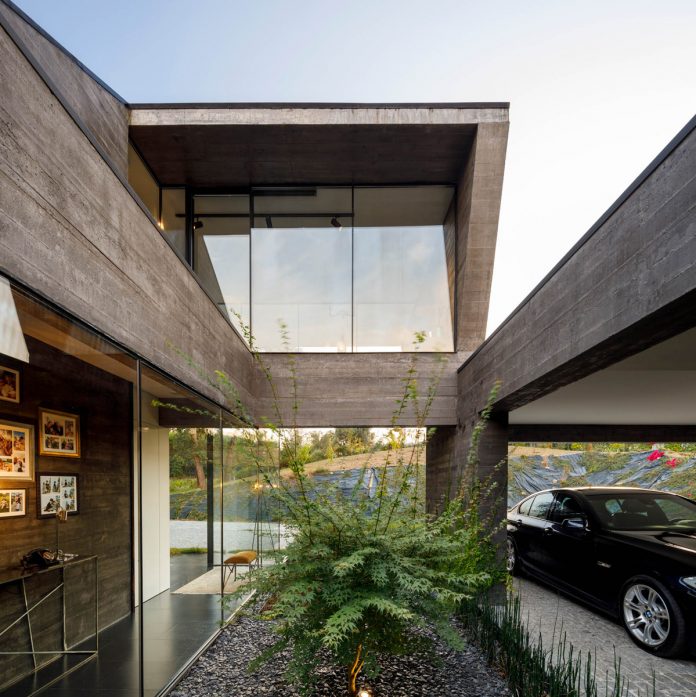
On a rainy day in early May, weeks after President Joe Biden announced the U.S. exit from Afghanistan, senior leaders from across the government gathered in the basement of the Pentagon for a broad interagency drill to rehearse the withdrawal plan.
During the exercise, top Pentagon leaders including Defense Secretary Lloyd Austin and Joint Chiefs Chair Gen. Mark Milley stressed the need for American troops to get out of the country as quickly as possible to protect against renewed Taliban attacks.
Their plan called for the military to draw down to zero within 60 days of Biden’s official order, or roughly mid- to late-June — far sooner than the Sept. 11 deadline the president originally set. One of the most crucial decisions involved handing over Bagram Air Base to the Afghans as the last step of the withdrawal once U.S. forces were so depleted that they could no longer reasonably secure what had been the hub of the American military effort there for the past 20 years.
“All of them made the same argument,” said one defense official, who was in attendance at the drill on May 8, and whose account includes previously unreported details. “Speed equals safety,” the person said, referring to the message conveyed by the military leaders.
The military brass had done a remarkable 180. For the first four months of 2021, as the White House reviewed the withdrawal timeline inherited from the Trump administration, Austin and Milley, as well as senior military commanders, urged Biden to leave a few thousand troops in Afghanistan indefinitely. Both were overruled. Once that happened, the Pentagon embraced as quick a withdrawal as possible, including from Bagram. And the Pentagon stuck to that approach through the beginning of July, regardless of the conditions on the ground.
The remnants of the U.S. military at Bagram left in the dead of night on July 1 handing off the base to Afghan commanders who complained they weren’t even notified of the departure.
“They just decided they lost the argument, and OK fine let’s get the heck out of dodge,” said one former senior defense official.
At every stage of the withdrawal, the White House went along with the Pentagon’s recommendations, accepting a timetable that ended up going faster than Biden laid out in the spring. When the Taliban started to sweep through northern Afghanistan in the summer, different plans were discussed but never altered. The priority for the Pentagon was to protect U.S. troops and pull them out, even as diplomats and Afghan allies stayed behind.
By early August, when it was clear Kabul would fall sooner than expected, the American military presence was down to fewer than 1,000 troops. It was too late to reverse course.
None of the civilian officials who were at the May 8 meeting at the Pentagon questioned the military’s rapid drawdown plan, according to multiple officials. Those attendees included national security adviser Jake Sullivan and his deputy, Jon Finer; CIA Director William Burns; Samantha Power, the head of the U.S. Agency for International Development; Linda Thomas-Greenfield, the ambassador to the United Nations. Secretary of State Antony Blinken was not present, but was represented by his deputy, Brian McKeon. Besides Austin and Milley, other Pentagon officials included Gens. Frank McKenzie and Austin Scott Miller, the commanding generals of U.S. Central Command and U.S. Forces-Afghanistan, respectively, who joined via secure video.
The internal withdrawal debates and plans are at the heart of the congressional inquiry into the fall of Afghanistan to the Taliban. The House and Senate armed services committees will question Austin, Milley and McKenzie in a series of hearings this week.
The call on Bagram looms especially large. The U.S. handover spooked the American-backed military and government, took away the main U.S. military air base before the pullout was complete and appeared to accelerate the collapse. Some officials say the lack of access to Bagram also made it harder for the U.S. and allies to carry out the evacuation mission in the days after Kabul fell. Reeling from the sudden collapse of the Afghan government and armed forces, the Biden administration made the decision to rapidly redeploy 4,000 troops to secure Hamid Karzai International Airport and assist in the frantic evacuation efforts; 13 were killed on Aug. 27 in a suicide bombing at one the airport’s gates.
This account of the military’s withdrawal from Afghanistan is based on interviews with 17 current and former officials — most of whom requested anonymity in order to speak candidly without fear of retribution. Their accounts shed new light on the Pentagon’s decision to hand over Bagram, and the back and forth between senior military leaders and the White House leading up to the American exit from Afghanistan.
Spokespeople for the National Security Council and the State Department declined to comment on the May drill.
Summer Spiral
The old Soviet air base at Bagram had been the center of American military operations in Afghanistan since the last Taliban government fell in 2001. Thousands of troops, American and other civilian contractors and Afghans lived and worked at Bagram. The base has two runways, compared to a single one at the civilian airport 35 miles away in Kabul.
The Pentagon pullout plan presented early in Biden’s term called for the base to be handed over to the Afghan military by late June or early July.
Miller, the general in charge of U.S. forces in Afghanistan, recommended handing over Bagram as part of the withdrawal plan he briefed to Austin as far back as March when the Pentagon chief made his first visit to Kabul, according to the first defense official.
The American commander, who had also initially advised senior leaders to keep a few thousand troops on the ground, stressed during the March meeting that American troops would be vulnerable to renewed Taliban attacks if they stayed in the country for an extended withdrawal. Miller was adamant on that point — he had months to think about the best way to pull out, as then-President Donald Trump had ordered the military to get out by May 1.
One senior administration official noted that the date-based withdrawal was inherited from the previous administration, and that the Taliban was clear that they would hold Washington to that agreement.
“General Miller made clear that speed mattered, and that if directed to withdraw, that his preference was to move as quickly as possible,” said the first defense official.
The military’s first priority was getting its troops out of Afghanistan as soon as possible after the initial May 1 deadline, in case of renewed Taliban attack.
The proposal assumed that the Afghans would control the base for at least a few months after the American withdrawal, allowing the U.S. to use the base for an evacuation if needed, the official said.
But as the drawdown neared completion in June and early July, some military officials were concerned that it was moving too quickly. This was one reason brass pushed American contractors to leave the country early, rather than on the administration timeline, said the former senior defense official.
“The one-stars and two-stars.… They are very discouraged because I think it shows some serious flaws in our four-star leadership,” the person said. “To me that was a big mistake by our military: they didn’t have to get them out that fast and they could have kept open some other options.
“The military should’ve pushed back harder and not pulled their people out the minute they didn’t win the argument with Blinken and Biden.”
Second thoughts, briefly
In the weeks leading up to the fall of Kabul, and as the Taliban blitzed across the country, military commanders became increasingly concerned about the morale of the Afghan security forces.
The military briefly paused the drawdown from Bagram in June so the White House could get a better sense of what leaving the base would mean. As a part of the planning process, Sullivan and others from the interagency drilled down on the military’s plan to hand over Bagram in July. The Wall Street Journal first reported the episode, which POLITICO confirmed independently.
Sullivan was worried about the security situation in Afghanistan, and wanted to understand the military’s tactical plan for the drawdown. At the time, a large number of staff remained at the embassy in Kabul.
Ultimately, the president affirmed the Pentagon’s decision to leave Bagram on the original timeline.
Another factor in the planning was that by early July, when Bagram was handed over, the drawdown was already essentially complete. Any changes to the plan would have taken “a reversal of policy,” because the military would have had to bring combat capabilities and troops back into the country, according to a second defense official.
The 2,500 troops in the country when Biden took office had dwindled to fewer than 1,000, split between the international airport and the U.S. Embassy in Kabul.
Officials have since argued that keeping Bagram would have required thousands of additional troops. They did not notify Afghan partners precisely when they were leaving due to concerns that the Taliban could target American forces leaving the base or the Afghans who remained, they said.
Flying in thousands of more troops to secure Bagram, as well as maintaining the necessary operations at the Karzai airport, made “zero sense,” the senior administration official said.
Within hours of the Americans leaving on July 1, looters descended on the base, grabbing gas canisters and some laptops. Afghan officials said the U.S. left behind millions of small items, including bottles of water and ready-made meals known as MREs, as well as thousands of civilian vehicles, hundreds of armored vehicles, and some small weapons and ammunition for the Afghan troops.
Critics say the perceived abandonment played into the hands of the Taliban insurgents and further eroded the morale of the Afghan forces.
“[T]hey lost all the goodwill of 20 years by leaving the way they did, in the night, without telling the Afghan soldiers who were outside patrolling the area,” one Afghan soldier told the Associated Press at the time.
On Aug. 8, McKenzie sent Austin a new assessment about Kabul’s prospects: the city could be isolated within 30 days of the American withdrawal.
Just seven days later, the Taliban captured Bagram and released thousands of prisoners held there, including many with ties to Al Qaeda and the Islamic State.
The fallout
The Pentagon has defended the decision to give up Bagram, saying the administration’s cap of roughly 700 troops forced the military’s hand. With force levels dwindling due to the scheduled withdrawal, priority was given to securing the embassy over continuing operations at Bagram, Milley said in August.
“If we were to keep both Bagram and the embassy going, that would be a significant number of military forces that would have exceeded what we had,” Milley said. “So we had to collapse one or the other, and a decision was made.”
Pentagon spokesperson John Kirby said that Austin is “comfortable with the degree to which senior defense and military leaders contributed to the policy-making process.”
Kirby also defended the decision to turn over Bagram near the end of the withdrawal process, noting that it was “in keeping with the mission the military had been assigned: to reduce our footprint to a level commensurate with protecting our diplomatic presence in Kabul.”
In the end, the Pentagon got the withdrawal senior leaders wanted. But the Taliban ultimately advanced faster than anyone anticipated, forcing the Biden administration to scramble to rush thousands of additional troops to Kabul to pull together a mass evacuation effort.
“I think [the administration] accepted risk to try to accomplish competing policy priorities, and unfortunately that risk was realized when the Taliban swept into Kabul,” said a senior defense official. “The result was a tragedy. It’s been hard for our people to process.”
Andrew Desiderio, Connor O’Brien and Bryan Bender contributed to this report.

